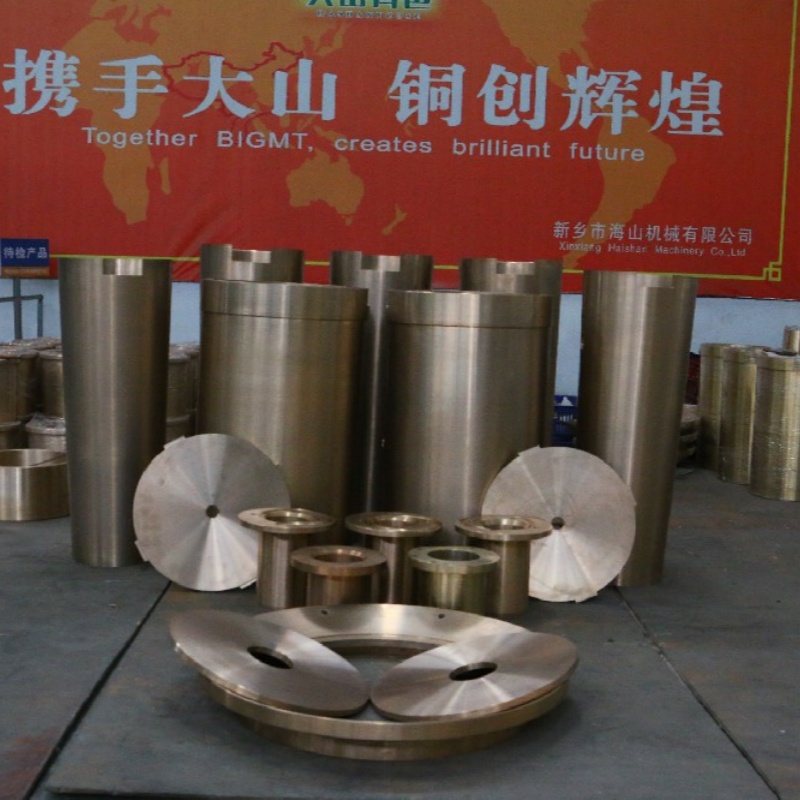Castings have a variety of classification methods: classification by material, generally divided into four categories:
1, copper: refers to pure copper, the main varieties of oxygen-free copper, copper, phosphorus deoxygenation of copper, silver copper;
2, brass: refers to the copper and zinc-based alloy, which can be subdivided into simple brass and complex brass, complex brass, complex brass and the third group of elements named nickel brass, silicon brass, etc.;
3, bronze: refers to the copper in addition to copper-nickel, copper-zinc alloy outside the copper Bronze: refers to in addition to copper-nickel, copper-zinc alloy other than copper-based alloys, the main varieties of tin bronze, aluminium bronze, special bronze (also known as high copper alloy).
4, white copper: refers to the copper-nickel alloy; 1 brass copper-zinc alloy. Colour with the increase of zinc content from yellow-red to talk about yellow. Brass mechanical properties than pure copper, in general, not rust and will not be corroded; good plasticity, is widely used in machinery manufacturing industry to produce a variety of structural parts. According to the different metal materials used, it is divided into cast steel parts, cast iron parts, cast copper parts, cast aluminium parts, cast magnesium parts, cast zinc parts, cast titanium parts and so on. And each type of castings can be further divided into different types according to its chemical composition or metallurgical organisation. Such as cast iron can be divided into grey cast iron, ductile iron, creep cast iron, malleable cast iron, alloy cast iron, etc.; according to the different casting methods, the castings can be divided into ordinary sand castings, metal castings, die castings, centrifugal castings, continuous pouring parts, molten castings, ceramic castings, electro-slag remelting castings, bimetallic castings, etc.. Among them, the most common sand casting applications, accounting for about 80% of all casting production. And aluminium, magnesium, zinc and other non-ferrous metal castings, mostly die castings.

| Previous:Copper casting play clay casting method | Next:How copper discs rotate in a magnetic field to create eddy currents |




 Copyright © 2022
Copyright © 2022